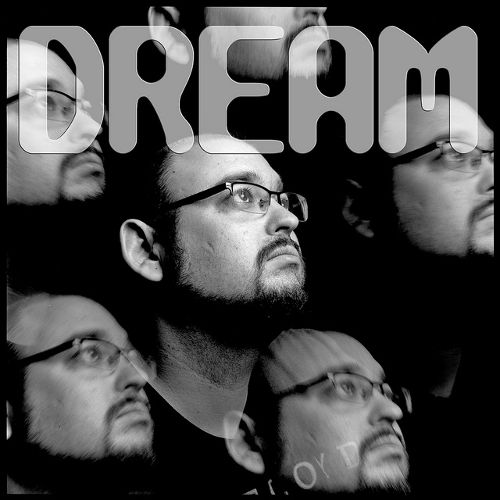|
I like Zeiss, Leitz, Fujinon, Rodenstock, but you know, Ukrainian lenses are amazing. They have such nice bokeh, and they cost so little!

Zodiak-8 30mm f3.5 Fisheye
~250$
|
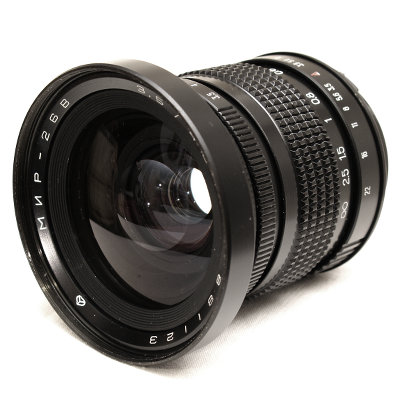
Mir-26 45mm f3.5
<100$
|
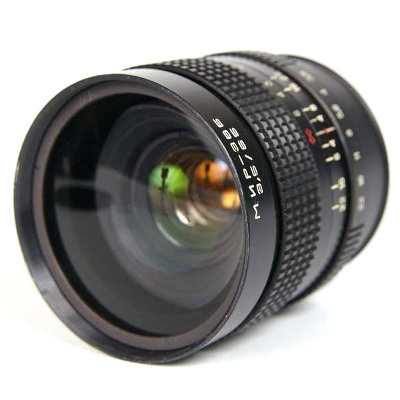
Mir-38 65mm f3.5
<100$
|

Kaleinar-3 150mm f2.8
~150$
|

Volna-3 80mm f2.8
<100$
|
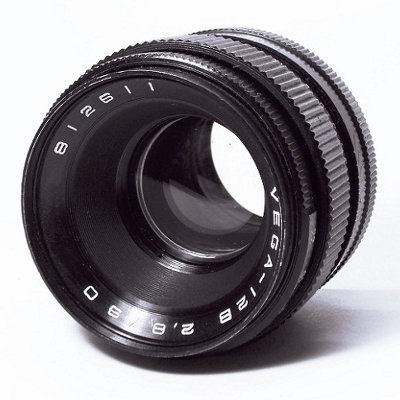
Vega-12 90mm f2.8
<100$
|
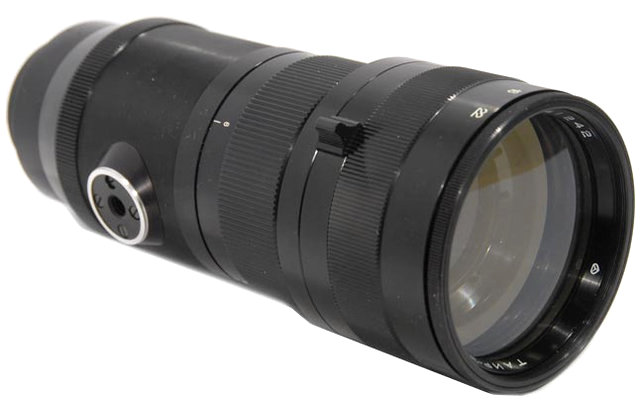
Tair-33 300mm f4.5
~100$
|
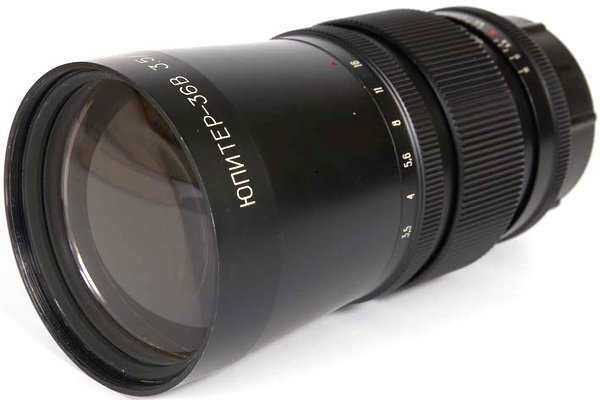
Jupiter-38 250mm f3.5
<100$
|
I used Ukrainian lenses on Kiev bodies, which are low quality copies of German Pentacon bodies, which already had some mechanical issues. So... Kiev medium format bodies are compatible with one of the most bokehlicious lenses out there, but have a mountain of mechanical issues. I had 4 Kiev bodies, they each died within a year.
After 4 dead bodies, I swallowed the pill and moved to Hasselblad. Sure the sharpness is there, and sure, the bodies are amazing machines that can handle everything you throw at them. But after a few years, I still missed that Ukrainian bokeh:
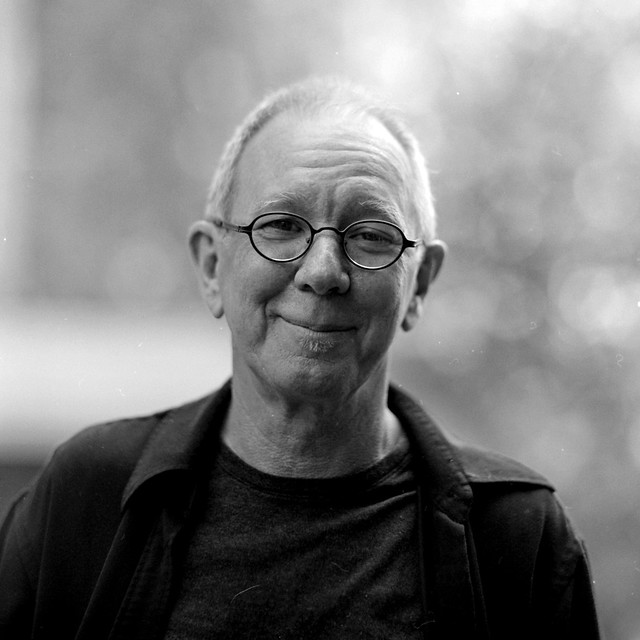
Then came the Hasselblad 1000F to the rescue! A pretty good and durable swedish body, compatible* with Ukrainian lenses.
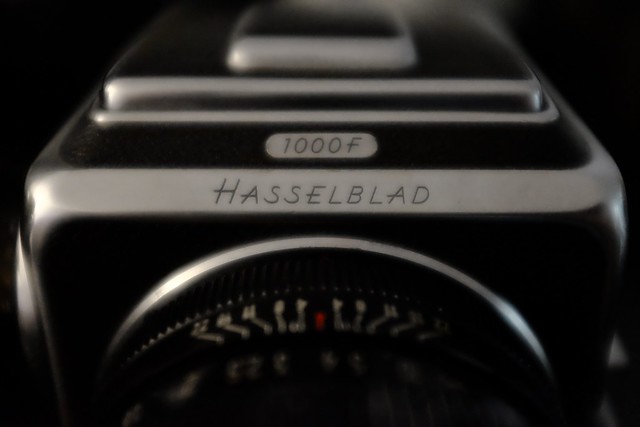
Ukrainian lenses are available in 2 mounts, Pentacon six mount, and Salyut/Kiev screw mount. To use these lenses on a Hasselblad 1000F, you need the screw mount:
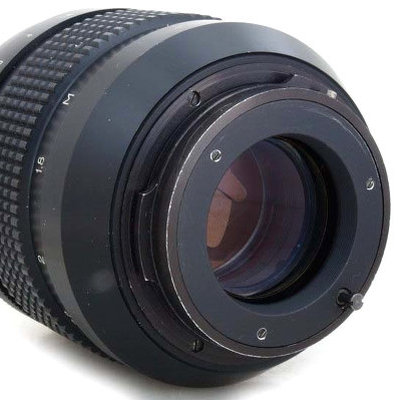
Pentacon six mount
NOT compatible |
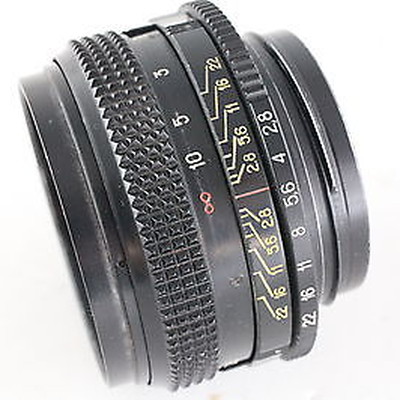
Salyut/Kiev screw mount
Compatible* |
DISCLAIMER!
There are risks involved in transforming your body or lense. Please do not attempt this if you are not fully comfortable with the instructions. The transformations needs some skills. I am not responsible of any problem you may encounter. You are warned.
How to make Ukrainian glass fit on a Hasselblad 1000F
For the Ukrainian lenses to fit "properly" on the Hasselblad 1000F, there are a few steps to do, depending on how well you want it to fit.
You can use Ukrainian lenses on a Hasselblad 1000F body, the fit will depend on the transformation you will do.
Fits
- The best fit means a lens that is solidly attached to the body, that can use all aperture settings, and that has its center line (the line you focus with) on top, right in the middle.
- A lesser fit would mean a lens that is still solidly attached to the body, that can use all aperture settings but has its focus line either on the bottom, or on a side somewhere.
- A bad fit would mean that the lens is usable at only a small portion of the aperture settings.
NOTE : Even with the best fit, the aperture is not automatic. The camera has no means for controling the diaphragm. Like on some old cameras, the photographer has to change aperture himself before taking the photo.
2 big steps
There a 2 transformations needed in order to have a good fit :
1. a transformation inside every lenses you want to use on the Hasselblad body, this transformation can be easy, or hard, depending on the lens and on your skills.
2. a simple transformation on the Hasselblad body.
You can still do no transformation at all, but you will have a bad fit.
Transformation on the Hasselblad 1000F body
This will help to have the center line (focus line) on top of the lens, near the middle.
1. With a medium flat screwdriver, remove the 4 screws that holds the front bayonet on the body.
2. Rotate the bayonet 180 degrees.
3. Re-screw it in place.
4. Done!
Transformation on each lenses
The first thing you notice when putting an Ukrainian lens on a 1000F body, is that the aperture pin behind the lens is in the way, so it's not possible to go all the way through the aperture range.
a) Easiest transformation : with good cutters, cut the aperture control pin that is protruding behind the lens. If you are lucky, it will work fine like this. But sometimes, by cutting the pin, it can get stuck inside, making the aperture setting stuck or limited. If you are lucky, this step is enough.
b) Better transformation : with small screwdrivers (and patience), open the lens, remove the aperture pin, and re-assemble the lens. Some lenses are easier than others, Kaleinar being a difficult one. Before re-assembling the lens, play with the aperture setting to make sure you can adjust it to all settings. Sometimes you have to move a spring inside, close to the aperture blades so the aperture setting never get stuck.

This takes more time and skill, but it ensures you that you will never have problems. Here you should get the best fit.
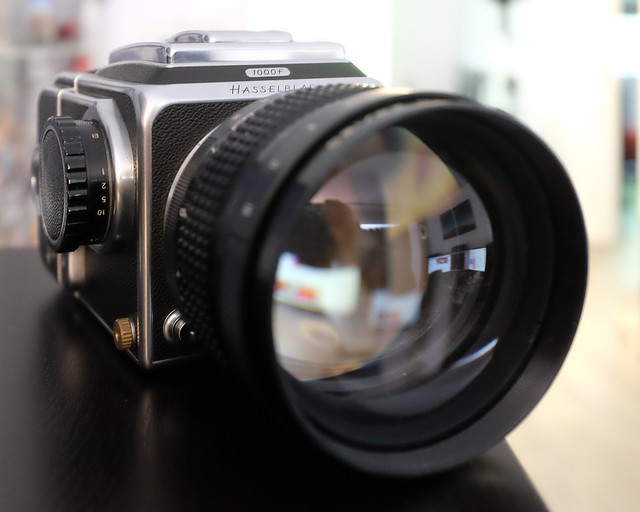
Thanks for being there!
Eric Constantineau, small photographer in this big World

|
